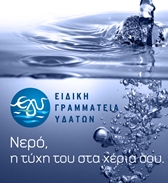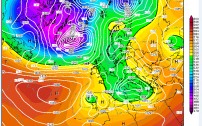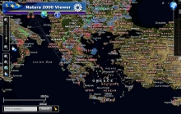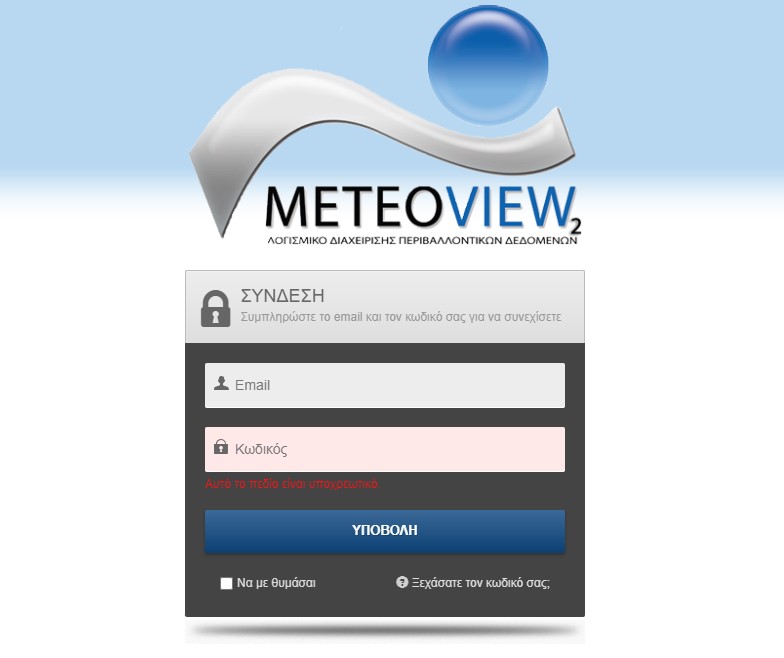Habitats
The national park of the Messolonghi lagoons is a double delta area of the Acheloos and Evinos rivers sited in western Greece. It’s a complex wetland ecosystem which covers an area of aprox 24.000 Has. It includes all kinds of wetland habitats such as riparian “gallery” forests, estuaries and mudflats at the outflow of the rivers, sandbars and sand dunes surrounding a number of sallow lagoons extended sea coast of all kinds reed-beds and extensive salt-marshes. There is one of the biggest Mediterranean lagoons, the Messolonghi – Etoliko lagoon (16.000 Ha) at the margin of which there is also a salt work area of 1.200 Ha. The ecosystem is accomplished by a number of rocky hills and islets which add even more to the magnificent scenery of the park. A big limestone mountain (Arakinthos) overlooks the wetland from the North-East. There are the gorgeous of Kleisoura and Kremasti breeding habitats of griffon vultures and other raptors. Even the human settlements are bound to the wetland ecosystem with the most characteristic the city of the Etoliko which is built on an islet in the middle of the lagoons.
Varasova: The eastern boundary of the national park. A solid limestone mountain 1,000 meters tall. The impressive steep slopes tower over the sea. Here nests one of the area’s two Golden Eagles couples.
Arakynthos: Northwest of Varasova starts the relatively low Arakynthos Mountain. Its Northeast side is full of thick forests of various species of oak and chestnut, hosting numerous woodland birds and birds of prey. Although very close to cities, Arakynthos forest surprises us with its rich nature and wildlife. The mountainous region is interrupted by the Kremasti Canyon or Paliarolaka, in the north, and the majestic Kleisoura Canyon. Several birds of prey are hosted here. It continues also to be the roosting and breeding grounds for one of the last two vulture colonies of Central Greece. The traveler should catch his breath here for a little, because, outside the wild natural landscape, they can also admire the build into the rock church Aghia Eleousa.
Acheloos River: What can we say about the second largest river in Greece! It stretches for 220 km and, from its source up to its mouth, throbs with life. It’s not by chance that it was deified in ancient times. From Acheloos delta, to the east of the swamp, we find Meliti area. Here, on the northern edge of the dried swamp lake, a piece of 60 hetars of the old hydrophilic forest still exists.
Fraxinus Forest: Fraxinus Forest is today a rare specimen of this type of forest, with plenty of Fraxinus trees to which it owes its name.
Echinades islands: 15 scattered islands, Echinades nymphs, according to mythology, that were transformed into islands by God Achelous. Echinades are part of the Messolonghi-Etoliko Lagoon National Park, and they constitute an important part of the area’s habitat. The lagoons are separated from the Ionian SeaSand dunes and sandstrips mainly by sandy elongated islets or sandstrips. They are sensitive and vulnerable ecosystems facing the biggest risks in Europe. They constitute a special environment that supports the distinctive ammophilous plants, and they also provide shelter to several wading bird species.
The lagoon area is surrounded by extensive salt marshes. In Shallow banks natural salinas are formed.
Salt flats: In the area of the Messolonghi – Etoliko Lagoon National Park we come across two such sites. In Tourlida and in Aspri where it's being produced the 80% of the Greek salt production. They cover the 40-50% of the country's needs in salt. Besides the significant economic and social importance of the salinas, they are also important to the wildlife. Many birds find here a quiet place for their reproduction as well as food in the winter, especially Avocets, Spoonbills and Flamingos. Among the rare and endangered bird species that are hosted at the salt flats, we find the avocet, symbol of the place. Finally, numerous flocks of flamingo can be admired at the salt flats, birds of sublime beauty.
Lagoon and surrounding swamps: In the underwater meadows of the shallow lagoon, large populations of wintering ducks and coots are being fed. They come from the far North in October and they leave again in February. The same for the thousands of cormorants that are taking advantage, of the abundance of fish offered by the lagoon. Cormorants and pelicans cooperate circling and “trapping” the fish. Along with birds, the swampy landscape is also full with dozens of local breed cattle, that are freely fed on the rich hydrophilic vegetation, while a herd of wild horses enjoys the freedom of the salty wetland steppe at the swamps of Tholi.






